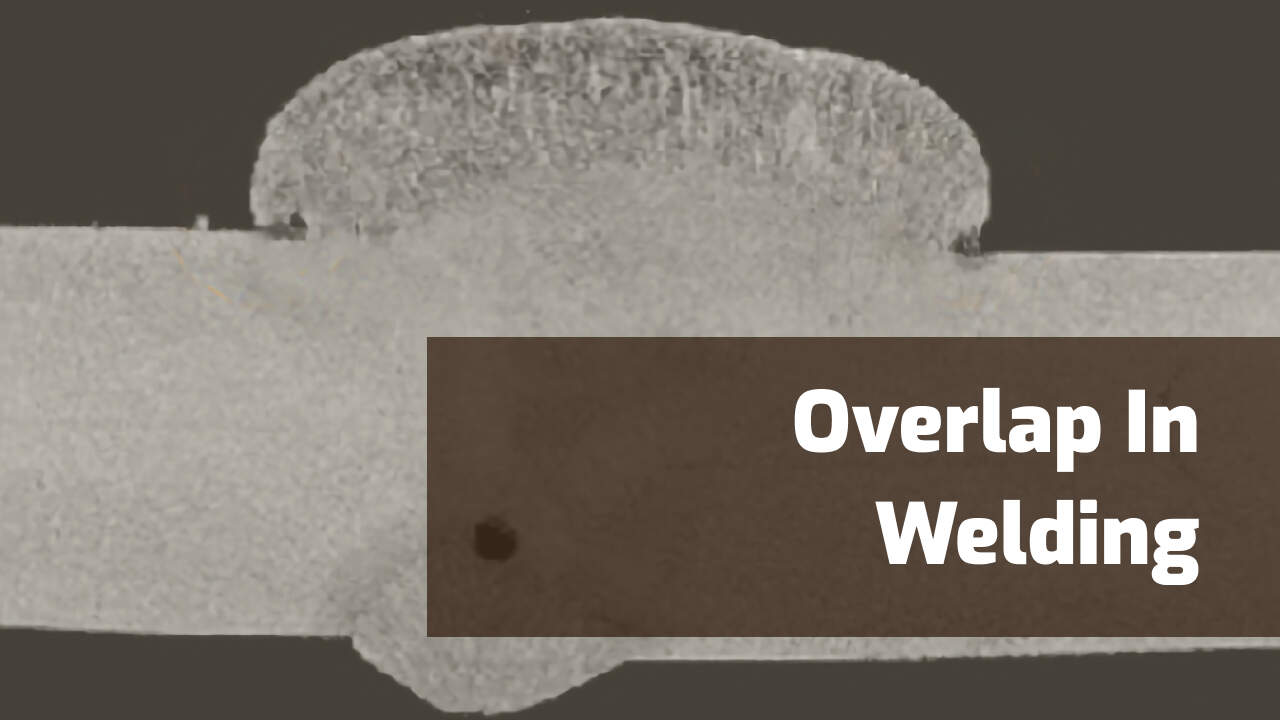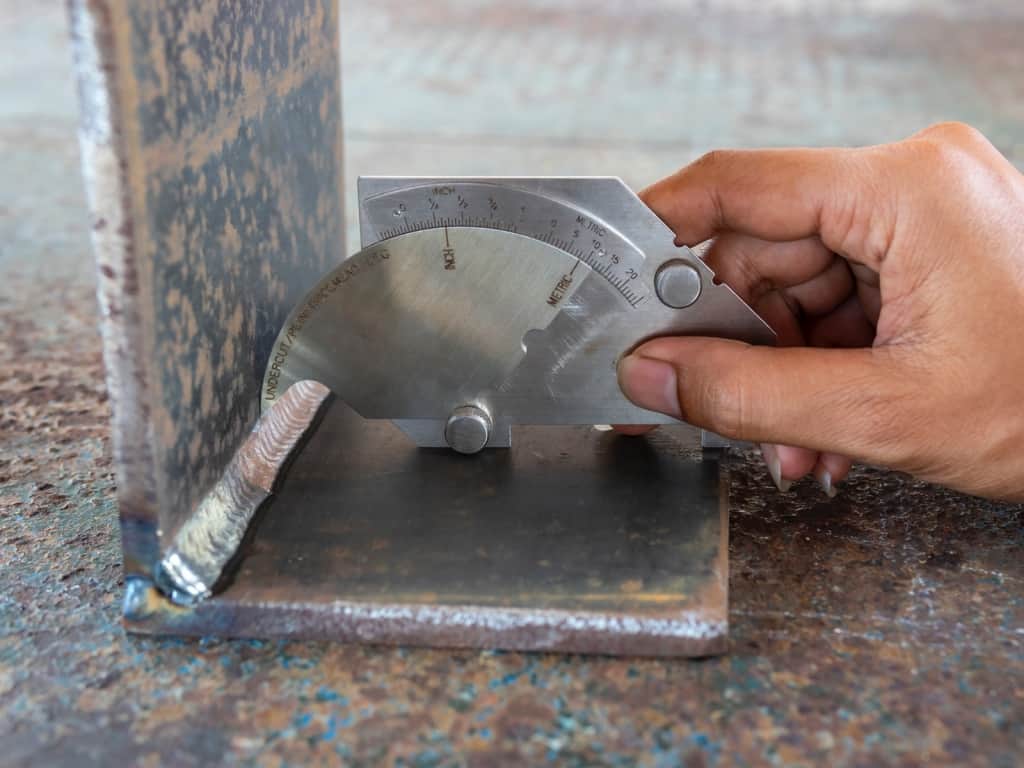Step-by-Step Guide to Preventing Weld Undercut in Different Metals
Step-by-Step Guide to Preventing Weld Undercut in Different Metals
Blog Article
Recognizing the Causes and Solutions for Undercut Welding in Steel Construction Procedures
In the world of steel fabrication procedures, the incident of undercut welding poses a considerable challenge that requires a thorough understanding of its causes and feasible services. The elaborate interaction of different elements during welding operations can bring about this unwanted phenomenon, affecting the structural stability and total quality of the bonded joints - Preventing weld undercut. By studying the origin of undercut welding and discovering efficient therapeutic measures, makers can elevate the criterion of their workmanship and guarantee the production of flawless steel parts
Typical Sources Of Undercut Welding
Often neglected in metal construction, undercut welding happens due to various factors that require careful interest and expertise to be properly alleviated. Furthermore, incorrect welding strategies, such as using the incorrect welding angle or travel speed, can likewise contribute to damage development. The selection of welding criteria, such as voltage, existing, and wire feed speed, plays a substantial role in the incident of undercut welding.
Influence of Incorrect Welding Parameters
Incorrect welding specifications can dramatically jeopardize the honesty and quality of welded joints in metal fabrication processes. The impact of incorrect welding criteria manifests in various methods, causing architectural weaknesses and problems in the bonded parts. One essential element affected by incorrect welding specifications is the infiltration depth of the weld. Not enough warm input due to low welding currents or exceedingly high travel rates can result in poor blend in between the base steels, leading to incomplete joint penetration and damaged bonds. Alternatively, excessive warm input brought on by high welding currents or slow travel speeds can lead to burn-through and excessive reinforcement, developing a breakable and unpredictable weld framework. Additionally, wrong parameters such as improper voltage setups or inaccurate electrode angles can add to irregular weld bead accounts, absence of combination, and raised possibilities of defects like damaging. As a result, precise focus to welding parameters is paramount to make sure the production of top quality welds with the desired mechanical buildings and structural stability.
Effect of Improper Torch Angle
Improper lantern angle in welding operations can substantially affect the top quality and integrity of the final weld joints in steel construction procedures. Damaging is a common welding issue where a groove creates along the weld toe, weakening the joint and jeopardizing its structural integrity.
A lantern angle that is as well high can cause inadequate penetration, insufficient combination, and boosted spatter. On the other hand, a lantern angle that is too shallow can cause too much penetration, burn-through, and distortion of the base product. Preventing weld undercut. Appropriate lantern angle is necessary for making certain consistent weld top quality, stamina, and appearance
To stop undercutting and other issues caused by inappropriate torch angles, welders should be educated to preserve the correct lantern angle throughout the welding procedure. Regular surveillance and change of lantern angles throughout welding can assist achieve sound welds with marginal defects.
Function of Inadequate Welding Methods

An additional facet of poor welding techniques is inappropriate weld preparation. Inadequate cleansing of the base steels, inaccurate joint layout, or inadequate side prep work can all contribute to undercut welding. Insufficient protecting gas protection or using the incorrect kind of gas can result in incomplete fusion and the development of undercut issues.
To attend to the role of insufficient welding strategies in steel construction procedures, it is important to supply detailed training for welders. Appropriate education on welding parameters, joint preparation, and securing gas choice can help stop undercut welding and make certain high-quality welds in metal manufacture projects.
Efficient Solutions for Undercut Welding
Attending to undercut welding in metal fabrication requires implementing efficient solutions to improve weld top quality and architectural integrity. Among the key solutions to fight undercut is to adjust welding criteria such as voltage, present, and travel rate to guarantee correct warm input and combination. By fine-tuning these setups, read this welders can prevent excessive melting of the base metal and filler material, minimizing the chance of undercut development.
In addition, appropriate joint preparation is important in stopping undercut. Ensuring tidy base metal surface areas devoid of pollutants and making use of the ideal bevel angle can assist promote far better weld infiltration and lower the danger of undercut - Preventing weld undercut. Using suitable welding techniques, such as oscillating the lantern or weaving, can also aid in distributing warmth equally and filling up the weld joint sufficiently, decreasing the opportunity of undercut flaws
Furthermore, selecting the appropriate welding consumables, consisting of electrodes and filler steels, is vital in minimizing undercut. Using materials with ideal chemical structures and mechanical buildings can add to accomplishing sound web link welds with minimal undercut. Routine examination and top quality control measures must likewise be implemented to identify and resolve undercut concerns without delay, ensuring the general integrity of made steel elements.

Conclusion
In final thought, recognizing the reasons and solutions for undercut welding in steel fabrication processes is essential for achieving top quality welds. By dealing with usual causes such as wrong welding parameters, incorrect torch angle, and inadequate welding techniques, welders can avoid damaging and make certain solid, resilient welds. It is important to take notice of these variables and carry out reliable options to enhance the total welding procedure and final item high quality.

Report this page